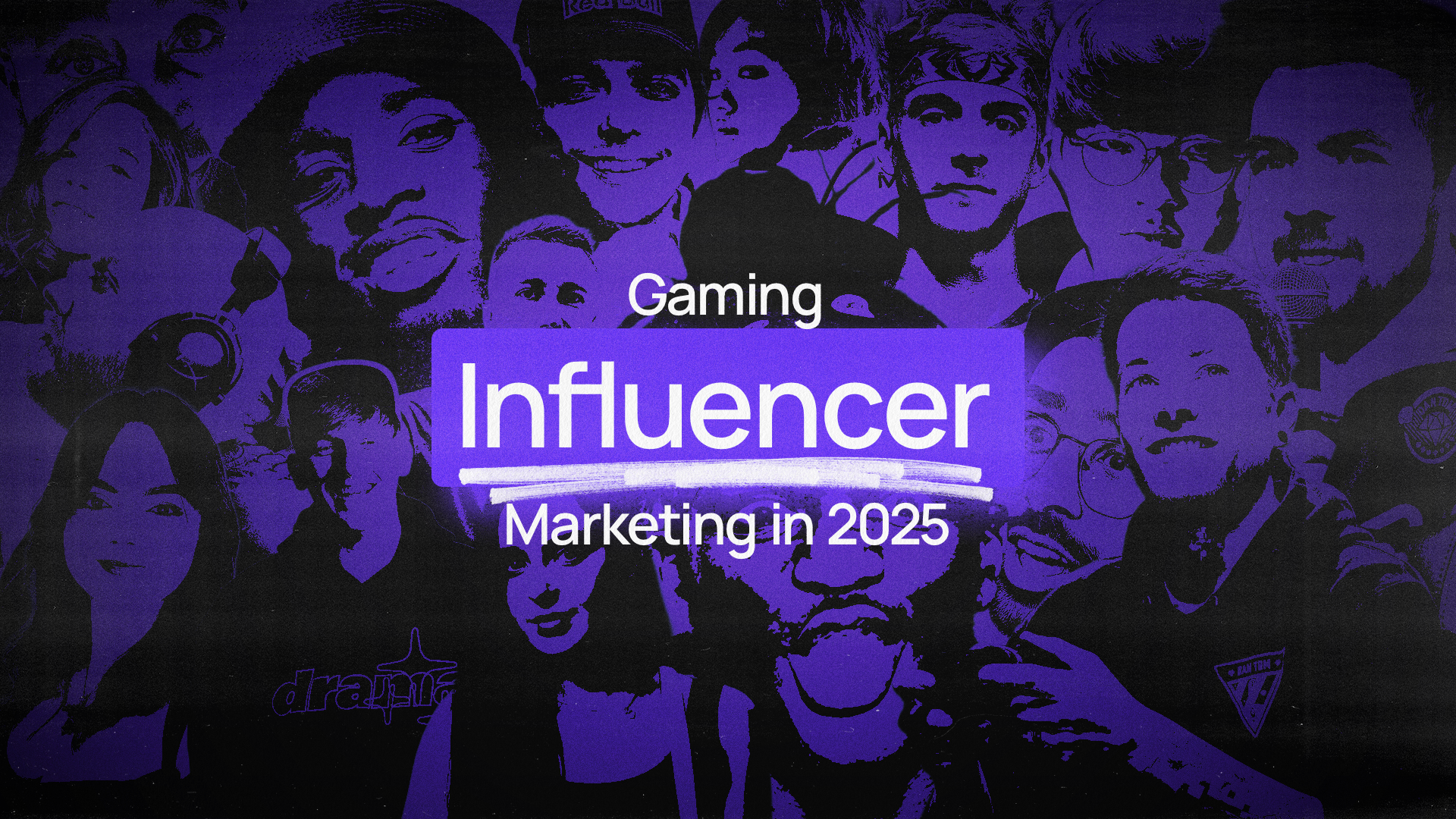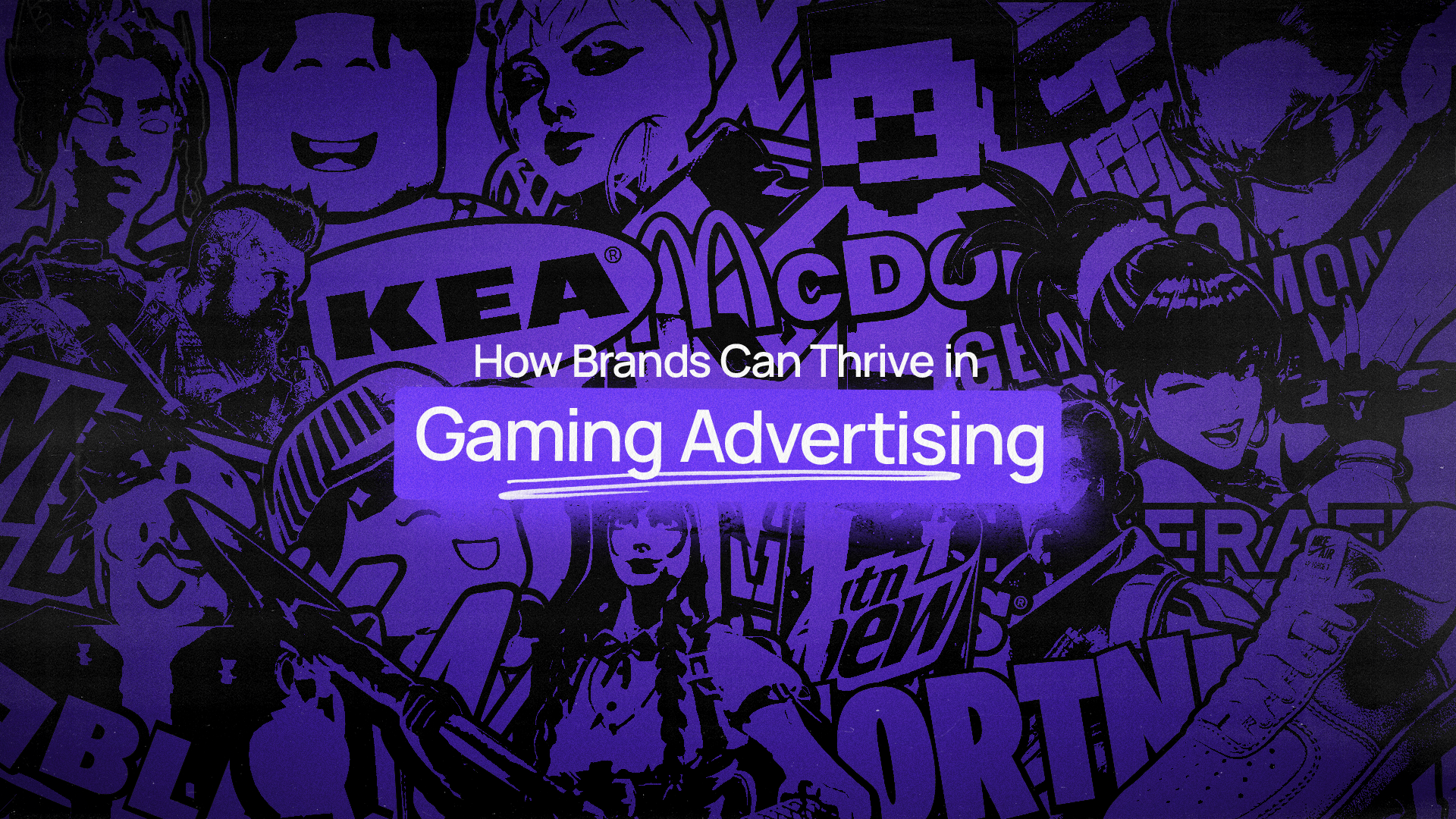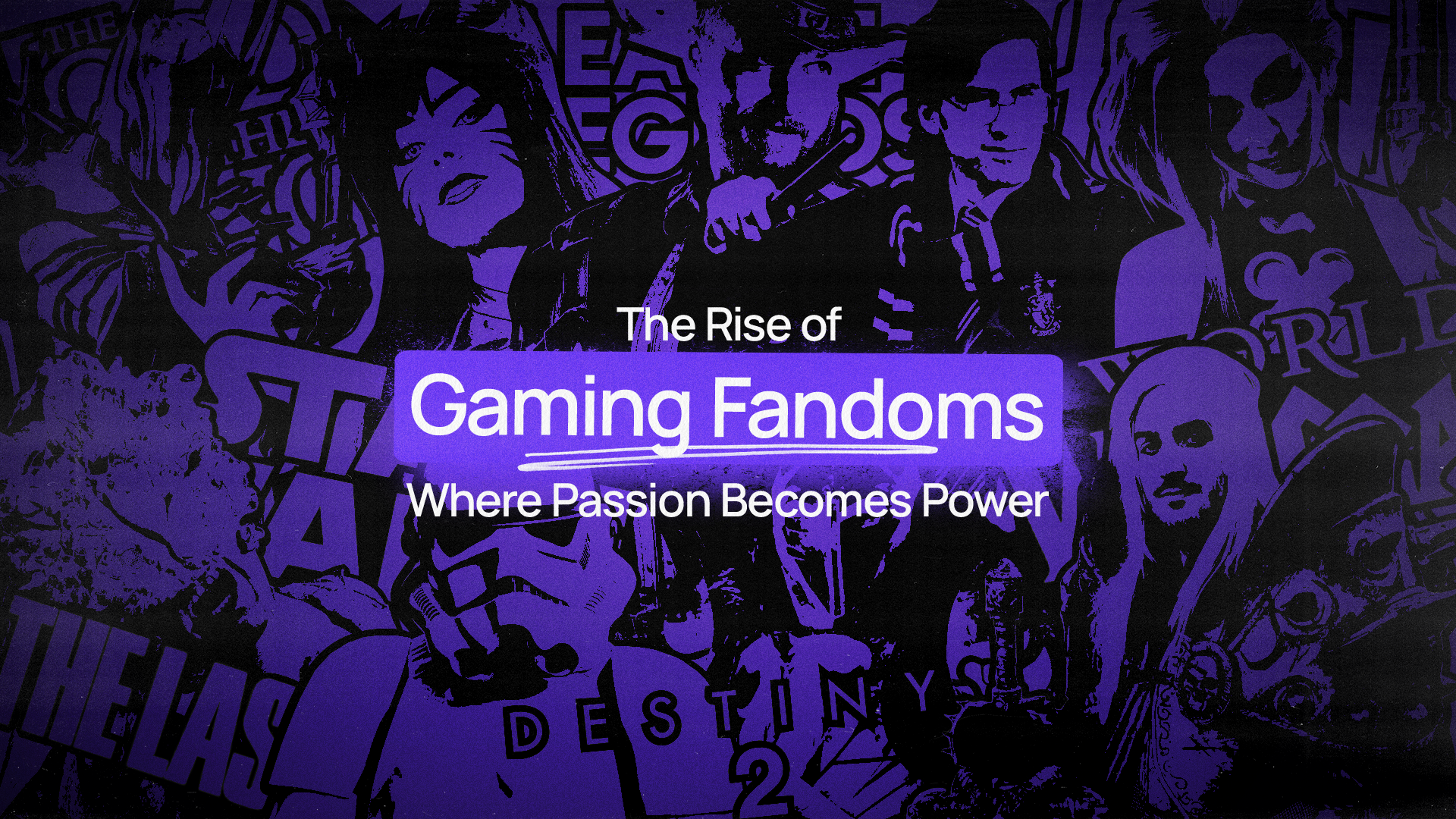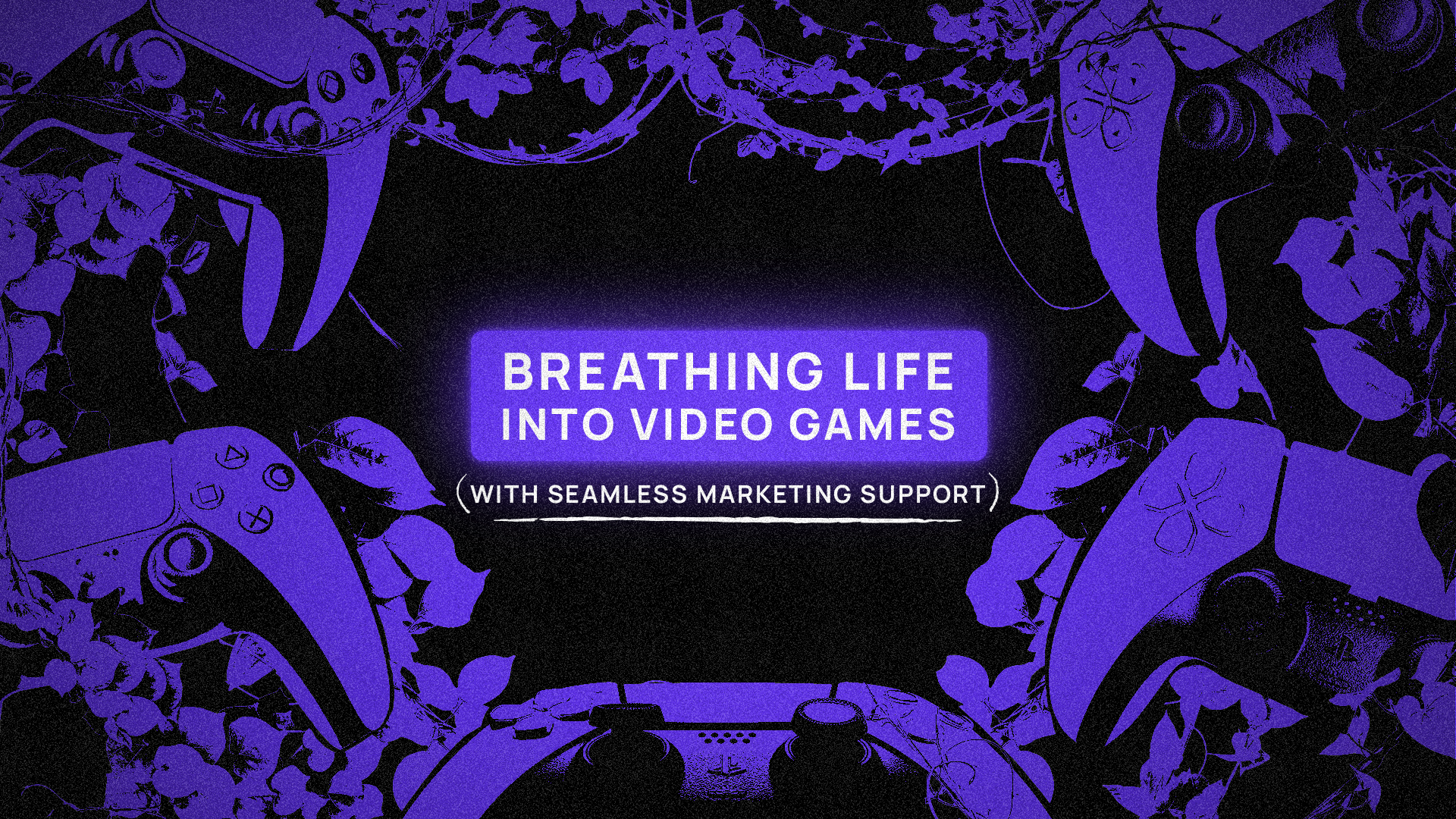Trends
10 Minute Read
Gaming Influencer Marketing: 2025 Brand Playbook

Having worked across 100+ game launches from A to AAA while predominantly focusing on the influencer marketing sector, I believe that my truth is this; “if you’re launching or planning to scale a game in 2025 without an influencer strategy baked into the core of your plan, you’re already a decade or so behind.”
Influencer marketing isn't just a “nice to have” anymore. It’s a required infrastructure which will in turn provide word-of-mouth recommendation at scale through valued and authentic content creators across a vast array of verticals. I’ve been deep in this space for over a decade. I’ve watched some epic creators become kingmakers and turn indie titles into overnight successes, many brands fumble around a lack of authenticity, and campaigns tank because someone thought “GamerTok” meant posting Fortnite clips with EDM overlays.
We’re no longer in 2018, where uploading a trailer on YouTube and chucking a few codes to big-name streamers might’ve moved the needle. Today’s landscape is layered with inauthenticity, bots, and grafters, keeping agencies on their toes while planning for success in a world that is fast-moving, ever-changing; with campaign results requiring a carefully curated selection of brutally authentic creators.
But, don’t forget the safety checks, brand alignment, creative briefings, the fine line between creator content and the wants from the brands themselves! It’s a knife’s edge–and failures are not only very public and expensive for the brand, but the agency’s reputation as well.
How influencer marketing became essential in gaming
Let’s talk about some numbers, then touch on the culture! Both are super important when talking about influencer marketing in gaming.
In 2024, over 70% of Gen Z gamers said creators directly influenced their game purchases (source). While YouTube Gaming and Twitch still dominate live and long-form, TikTok's algorithm has created more breakout titles alone than some publishers' ad budgets.
Creators aren’t just marketing channels; they’re culture carriers. The right streamer can take your game from niche to everywhere in the drop of a hat. They integrate worlds of their own into those of the games and ultimately bring their extremely loyal audience along for the ride! Their authenticity means more than a CGI-heavy cinematic reveal (whilst this is still a very important and required element of a game launch, this is just a contextual comparison).
Great campaigns now stretch from first tease to post-launch UGC (user-generated content) beats. You’ll see pre-release “leaks” seeded through community channels like Discord, streamer or creator access months in advance for narrative immersion, and post-launch moments driven by in-game challenges.
The wrap up point here is simply that creator-led content more often than not outperforms official trailers. Not because it’s prettier. But because it feels more real and authentic.
-
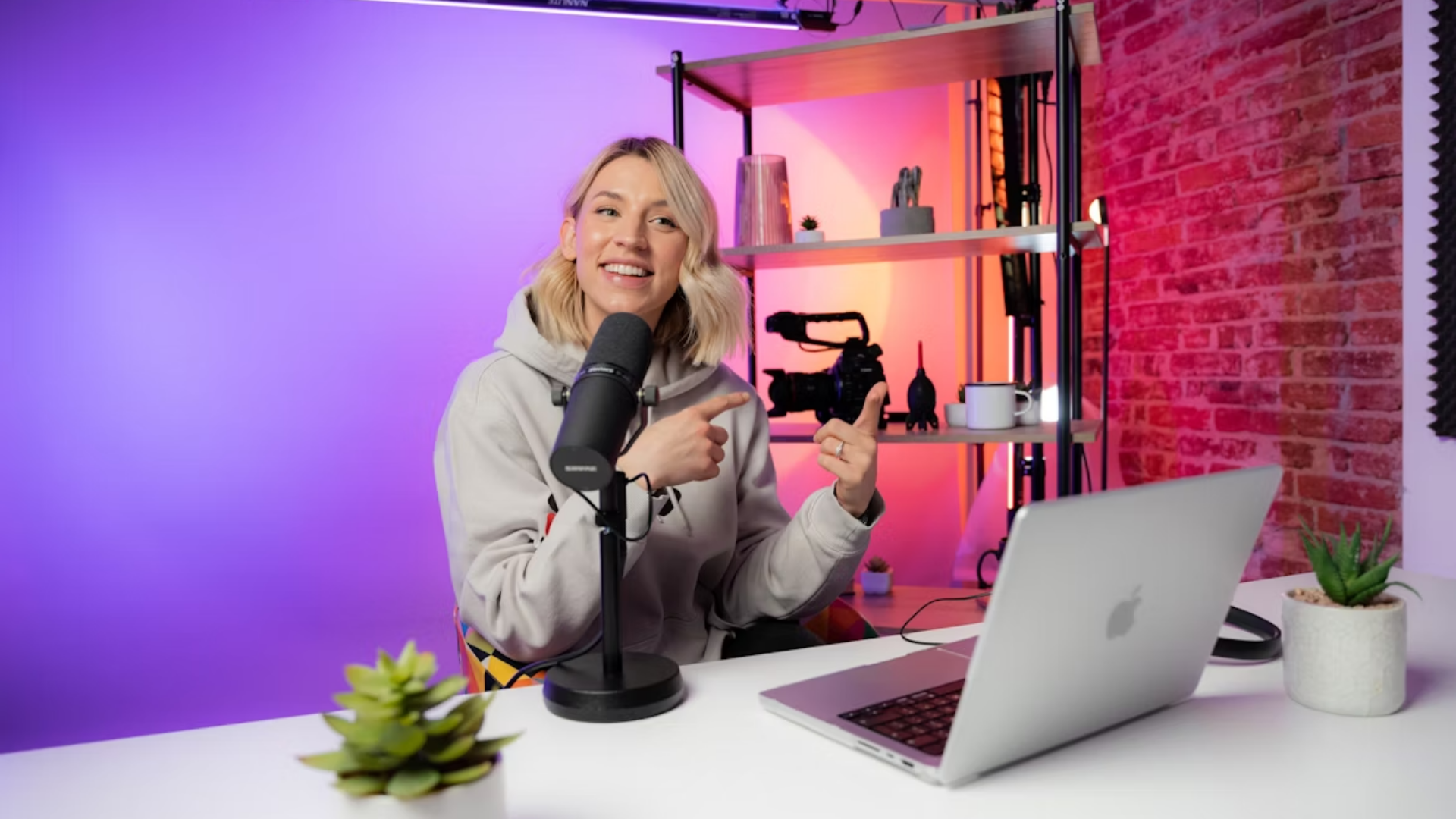
Influencer marketing isn't just a “nice to have” anymore
-
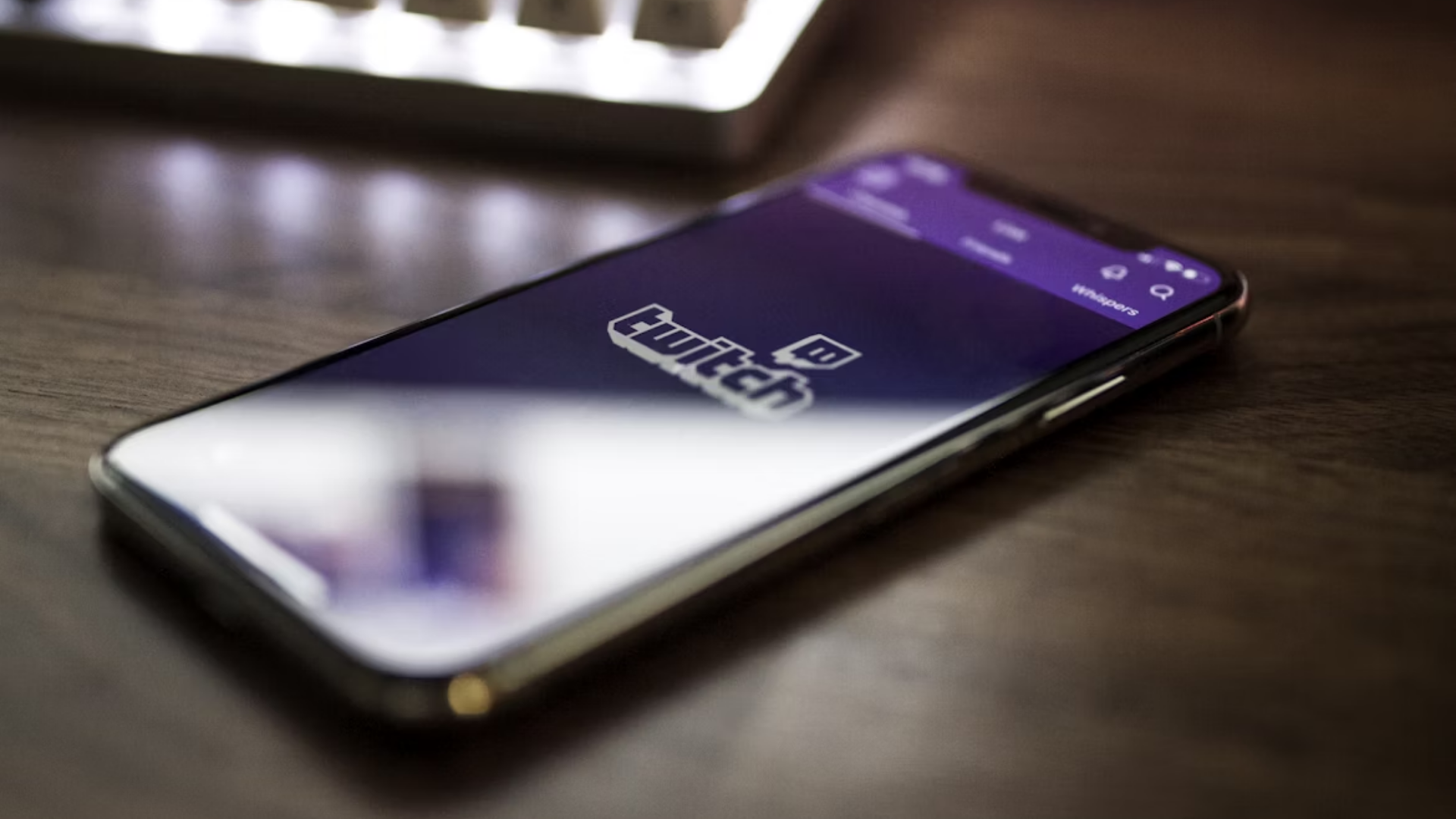
Twitch still dominates live and long-form content
Dos and don’ts for brands
Do:
- Build meaningful relationships, not transactions. One-off posts won’t get you trust, buy-in or sales. Work with creators who actually like your game. Support their creativity through workshops with the client (after all they’ve built millions of followers, so trust their route, but be cognizant of brand guidelines).
- Brief your creators with freedom. Give them the context, the lore, the mechanics, the USP and the WHY then step back and let them create! If they’re good, they’ll know how to talk to their audience.
- Use tools to vet creators for trust, not just reach. Don’t chase follower counts. Mid-tier creators often have tighter, more loyal communities (this is a case of word of mouth at scale!).
- Think multiplatform. One creator can touch YouTube, TikTok, Twitch, Instagram, and even Discord. Plan for a multitude of content cutdowns and spread the word across all their active channels (but bear in mind some will work better for conversions and others for reach and authenticity).
Don’t:
- Script the soul out of it. Nothing tanks faster than a forced talking point. Let creators be creators!
- Ignore red flags. Controversial pasts? Dodgy engagement? Vetting isn’t optional.
- Snub small creators. Micro and mid-tier talent often drive higher conversion. Plus, they’re more open to long-term collabs.
Treat this like a one-night stand. Good influencer marketing is ongoing. Involve them in the journey, not just the launch.
How the landscape has changed
The old reach and likes style playbook is basically dead.
Short-form is now the dominant content type. If you look closely across TikTok, YouTube Shorts, and Instagram Reels they are now the first touchpoint for many gamers. If your trailer doesn’t get chopped, memed, and re-edited for 9:16, it will most likely be missed by your target audience.
Co-creation is booming! For example, you might have seen streamers drop custom avatars, creators release lore-based mods, and crossover campaigns that let players experience a game through an influencer's lens. This isn’t “influencer marketing.” It's a creative partnership driving authenticity and creating thumbstopping content.
Monetisation is maturing too. Affiliate links, custom bundles, in-stream shopping—it’s no longer just “enter the code XYZ.” Creators want in-game skins, merch and one-off rewards. Smart brands are building custom revenue models.
And don’t sleep on new platforms; the new streaming platform Kick has climbed the ranks quickly! Discord has also become more than chat, and have started gamifying collab events, gated content, and even holding drops. If you’re not prioritising these platforms yet, now’s the time to start experimenting.
-
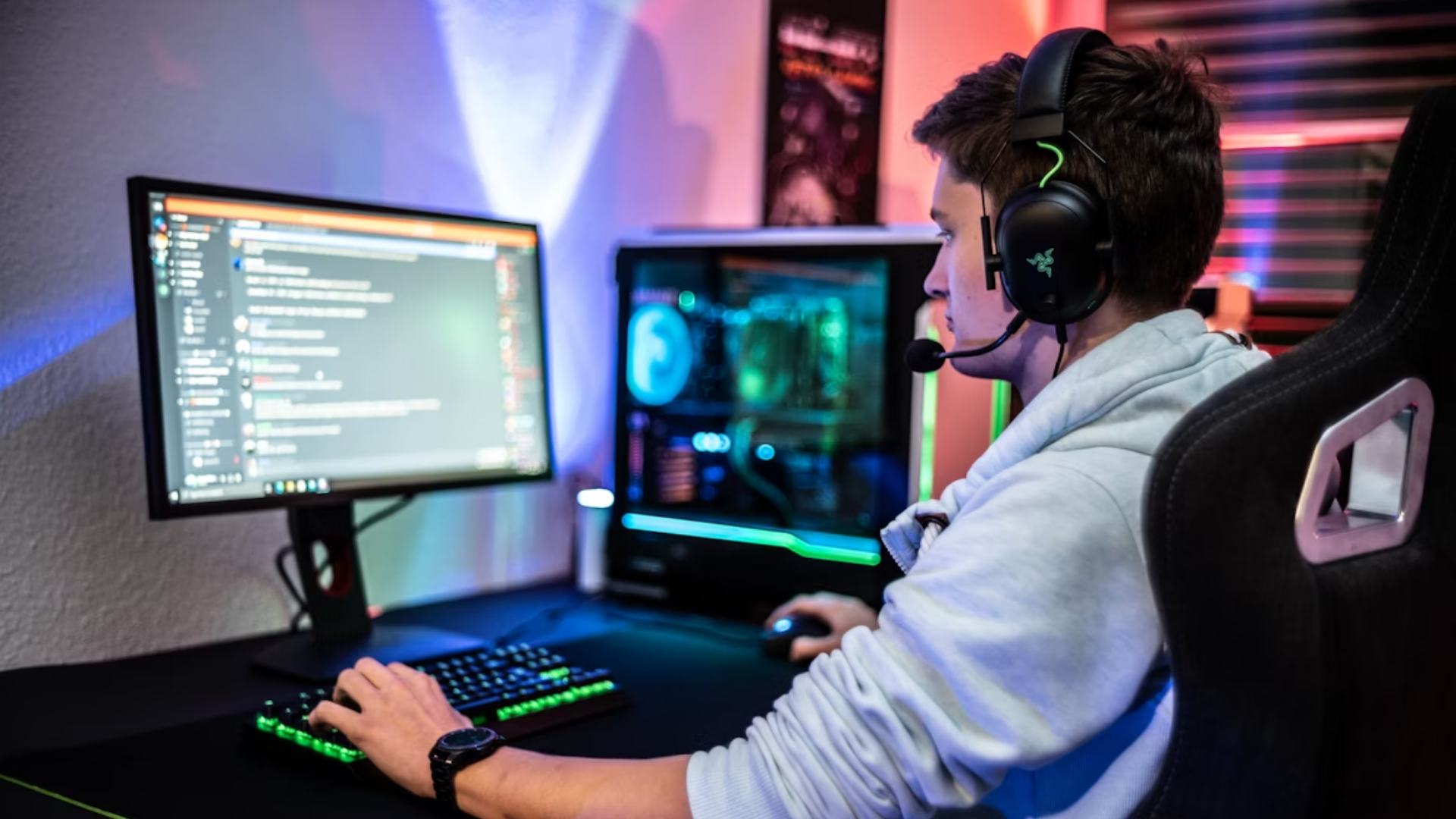
The right streamer can take your game from niche to everywhere
-
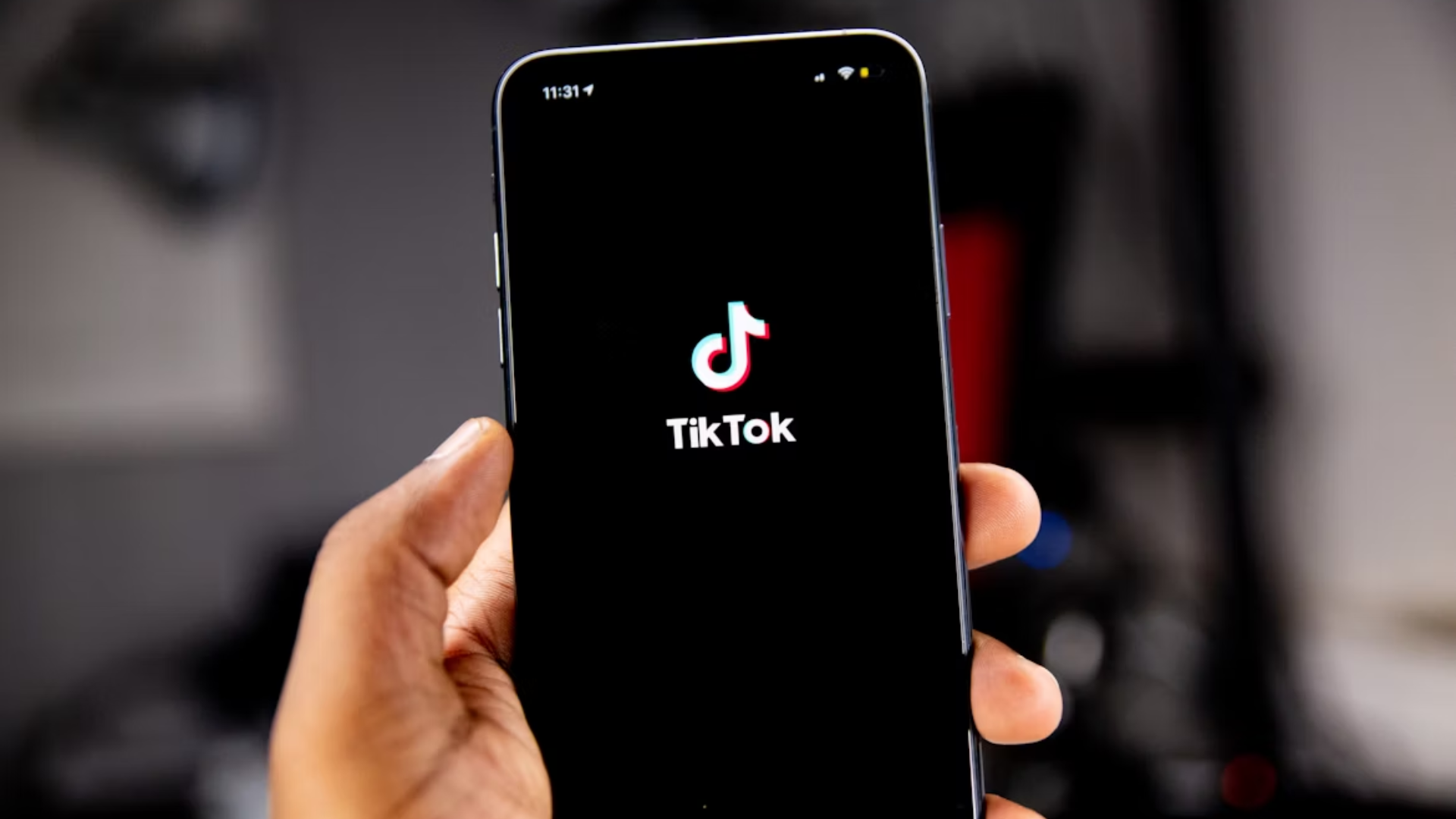
Short-form is now the dominant content type
The future of gaming influencer marketing
Looking ahead, one trend dominates: authenticity or nothing.
Gamers can smell a cash grab from a mile away. That’s why creator-led storytelling, not glossy promos, is winning. We’ll see more dev teams pulling creators in during development not just for feedback, but for actual co-building. I believe that this will be the future: gaming influencers not as promoters, but as partners.
The community will outlast the campaign. Brands that invest in creator ecosystems, support their streams, co-create content, show up in Discord, and build real rapport will see longer tail returns and stronger brand equity. Agencies will need to level up too. Creator marketing gaming isn’t influencer outreach plus a spreadsheet. It’s strategic, cultural, and dynamic. Brands will have to work with teams that get that or prepare to be left behind.
Influencer marketing for games has grown up. It's complex, rewarding, and unforgiving if mishandled. But get it right, and you're not just selling a game–you’re building a movement around it.
Now, let's go build better campaigns. And empower creators do what they do best: tell the story in a way only they can.
